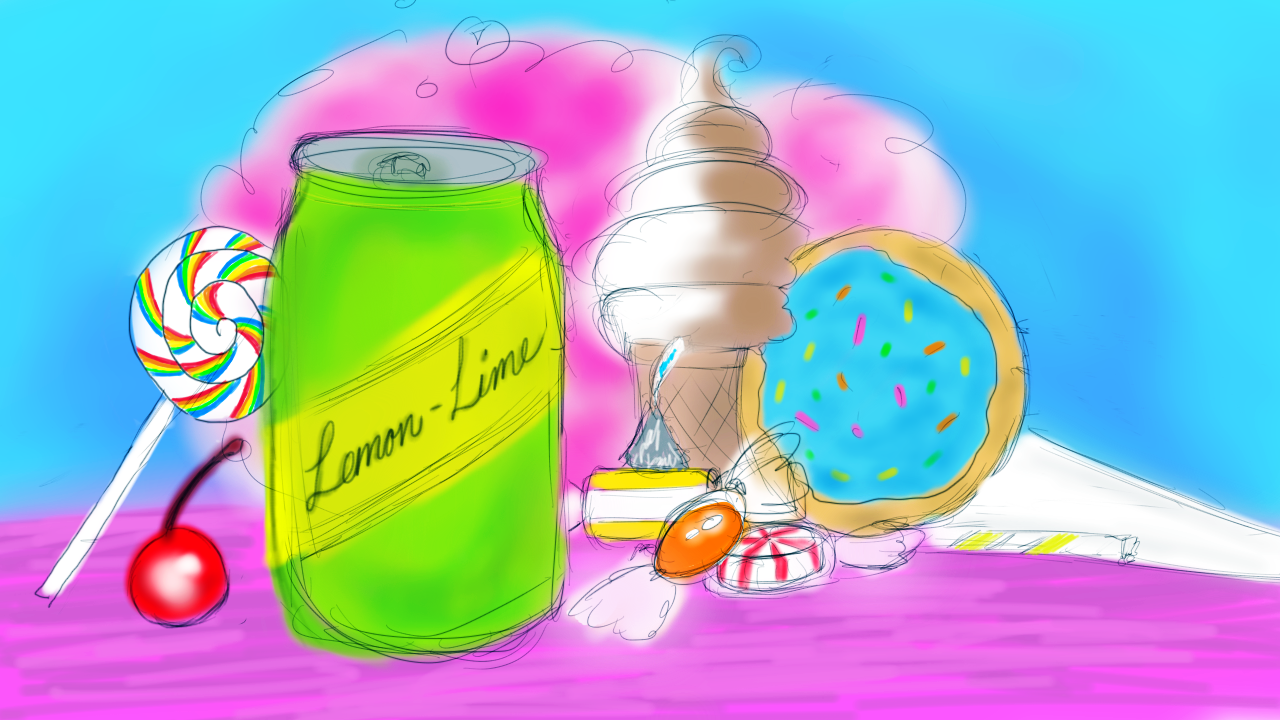
A new Yale study has pinpointed the source of sugar’s allure by showing that the brain processes sweetness and calories in two separate neural circuits.
To determine what makes sugar so enticing, researchers studied mice as they consumed different sugary solutions. Some sugar was modified to taste very bitter, while other foods remained sweet but were low in calories. When forced to choose between sweet, low-calorie snacks and bitter, high-calorie snacks, the mice showed a clear preference for the latter. This finding demonstrates that sweet taste and calories do not use the same circuitry to inform the brain about food’s energy content and that mice, when forced to choose, opt for high-calorie foods.
“Our question was whether the taste and the nutritional features of sugar activate the same brain regions or if they act upon two separate brain regions,” medical school professor and study co-author Ivan De Araujo said.
The research team discovered that the gustatory and nutritional properties of sugars are encoded by two separate parts of the striatum, a major part of the brain’s reward system. This separation could allow animals to make decisions about nutrient intake independent of taste, he added.
Researchers studied a total of 170 adult mice to test the rewarding properties of sugar’s taste and energy. Ultimately, they determined that sugar’s calories are the main factor behind people’s preferences for high-calorie, sugary desserts. Sweeter tastes raised dopamine levels in the dorsal striatum, while energy from calories raised dopamine levels in the ventral striatum.
When mice consumed bitter, high-calorie solution, there was still dopamine release in the ventral striatum but not in the dorsal striatum, while sweet but low-calorie solutions raised dopamine in the dorsal but not ventral striatum.
De Araujo noted that humans share many brain pathways with mice, so sugar is likely rewarding to people for the same reasons it is rewarding to rodents.
“Our desire to consume sweet solutions is mainly driven by the amount of energy it provides,” study co-author Luis Tellez explained.
While humans’ liking for sweets has been advantageous in the past — ensuring that people binge on scarce high-energy foods during prehistoric times — it can cause myriad health problems for people living in the present, now that food is readily available and obesity is an epidemic.
“A major contributor to weight gain and obesity is the consumption of high-calorie beverages,” Tellez said.
The American Heart Association’s website explains that simple sugars provide a very fast increase in blood sugar because they are quickly broken down, while complex carbohydrates take longer to break down and cause elevations in blood sugar more gradually.
New government dietary guidelines, which were created by the Office of Disease Prevention and Health Promotion, now recommend that Americans get less than 10 percent of their daily calories from added sugars.
Tellez and De Araujo both said they think future studies will come out of their work. Tellez noted that new research could focus on differences in reward from other sources of calories, including fats, to see if the brain responds distinctly to them. Future studies could also try to design new strategies aimed at decreasing excessive sugar intake in people by better understanding how they make food-related decisions.
According to the 2005–10 National Health and Nutrition Examination Surveys, Americans consume an average of 20 teaspoons of sugar per day.







